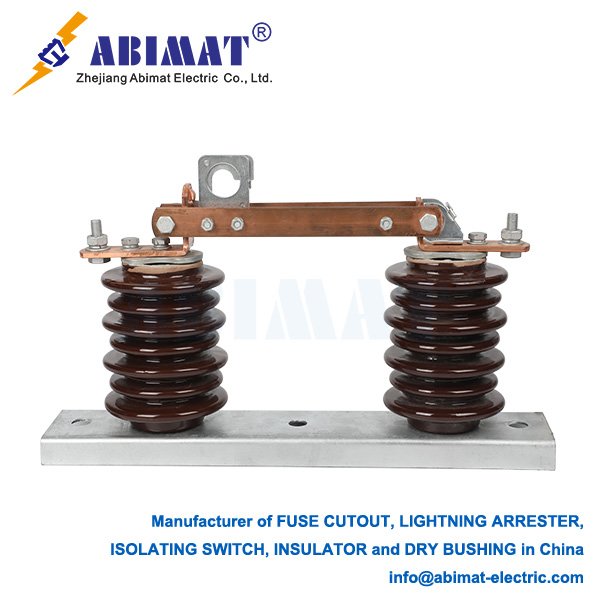Load Break Disconnects: Purpose and Operation
A load break disconnect (LBD) is an important switching device in medium-voltage electrical distribution systems. It’s made to safely turn load currents on and off when the system runs normally. Its main job is to give a reliable, easy-to-see way to isolate circuits, transformers, capacitor banks, and other equipment—this is for maintenance work or splitting the system into sections, and it makes the system safer while letting you operate it more flexibly.
Simple isolators or disconnecting switches only work when there’s no load. The LBD is different: it’s made specifically to stop rated load current. It can do this because it has special tech (that stops electrical arcs) inside its chamber for handling arcs. When the contacts pull apart, an electrical arc forms. This arc gets stretched and cooled fast, then goes out—usually because it’s pushed into an arc chute or by de-ionizing gases doing their job.

Load break disconnects come in two main types:
Fused Load Break Disconnects: These have current-limiting fuses built right in. They don’t just break load current—they also protect automatically from short-circuit faults. The fuse kicks in when there’s too much current, while the switch’s mechanism takes care of stopping normal load current.
Non-Fused Load Break Disconnects: These only work as switching tools. They need an outside protection system—like a circuit breaker—to deal with fault currents.
Important things for an LBD’s work include its rated voltage, how much current it can carry nonstop, and its rated load break current. One big safety feature is the easy-to-see isolation gap: when the switch is in the “open” position, there’s a real air gap. This lets you be sure the circuit downstream is off, so maintenance can be done safely.
All in all, the abimat load break disconnect is a part you can’t do without to manage electrical power networks safely and well. It fills the space between a simple isolator and a circuit breaker with full capacity.


